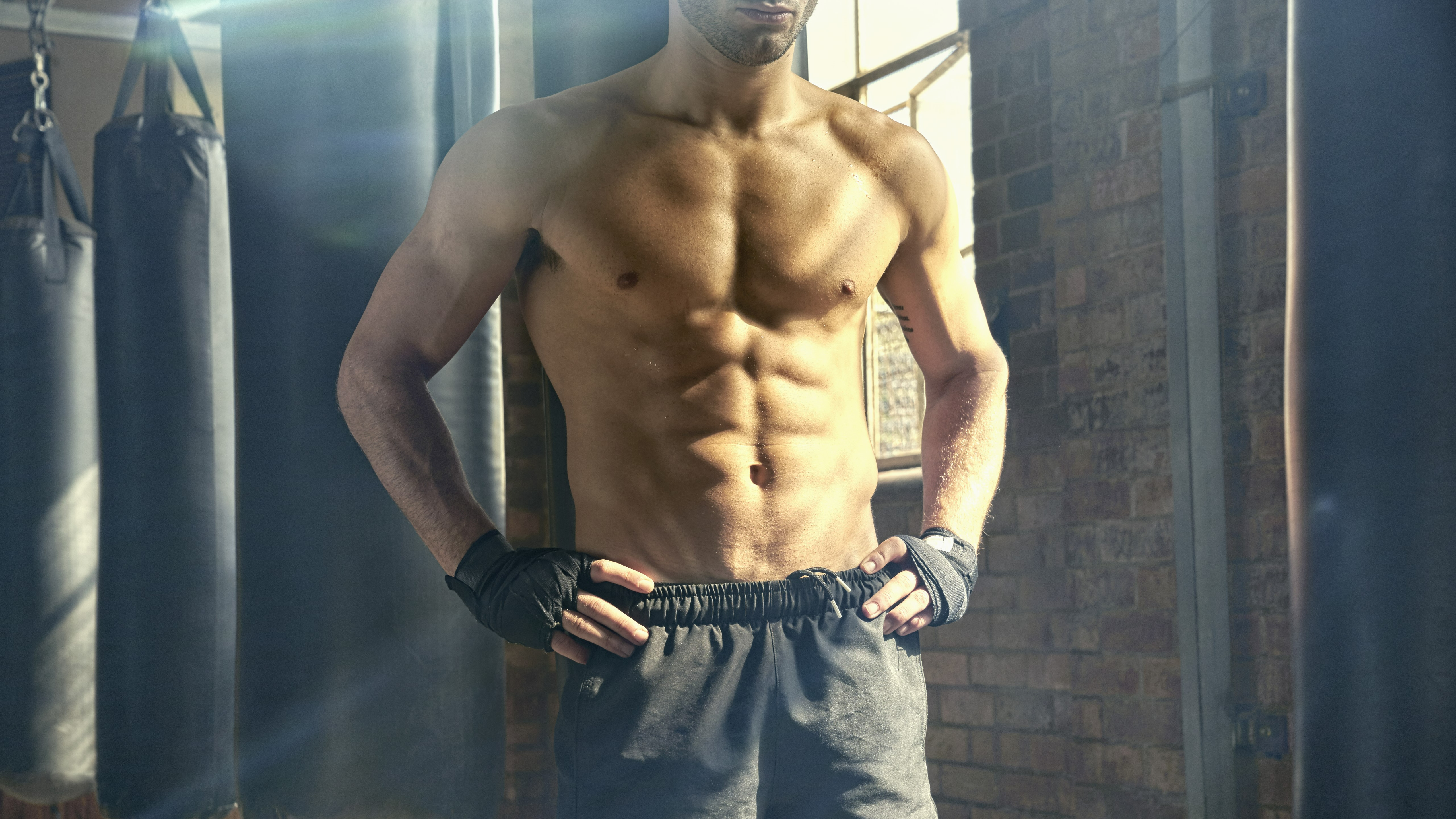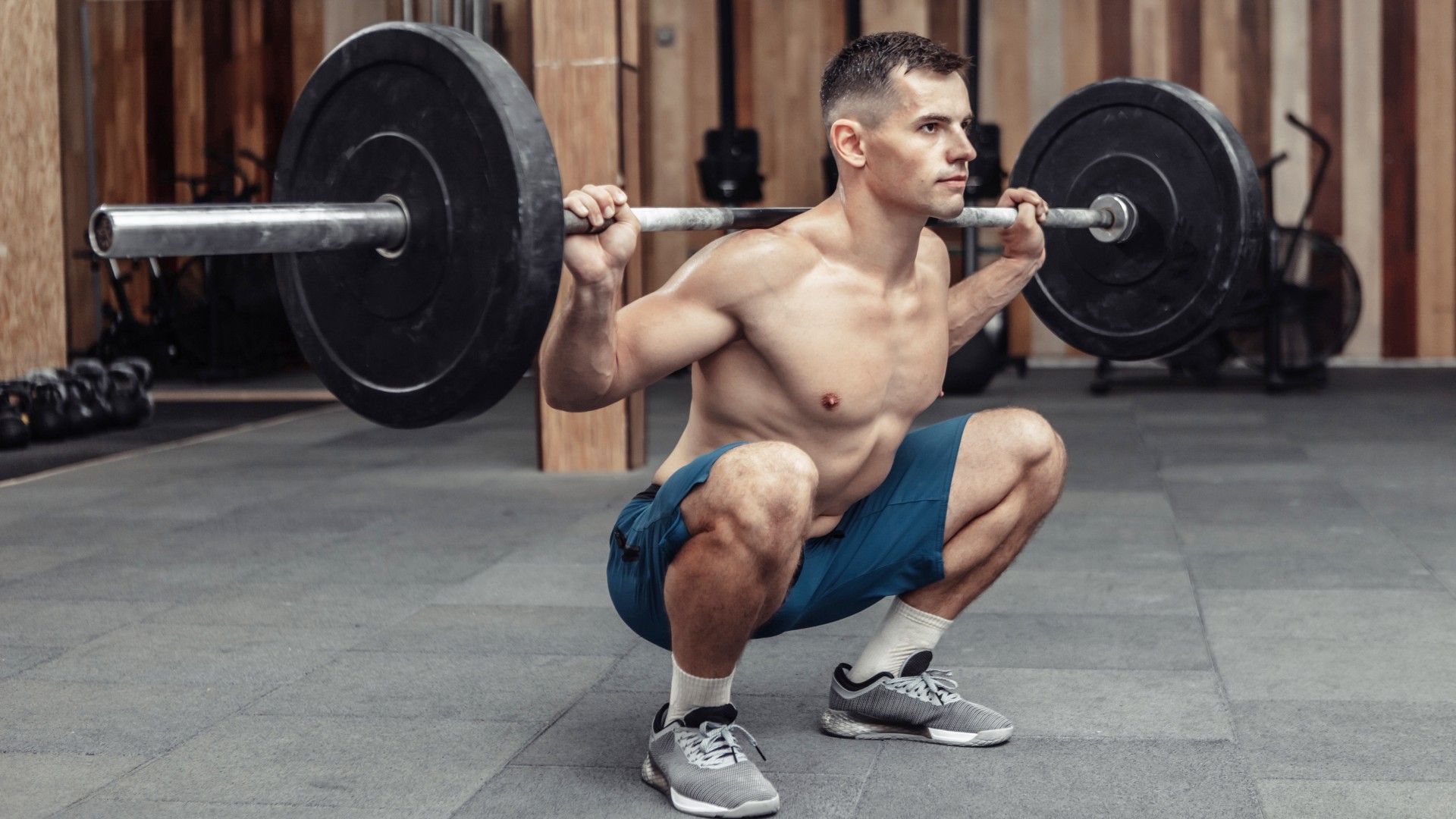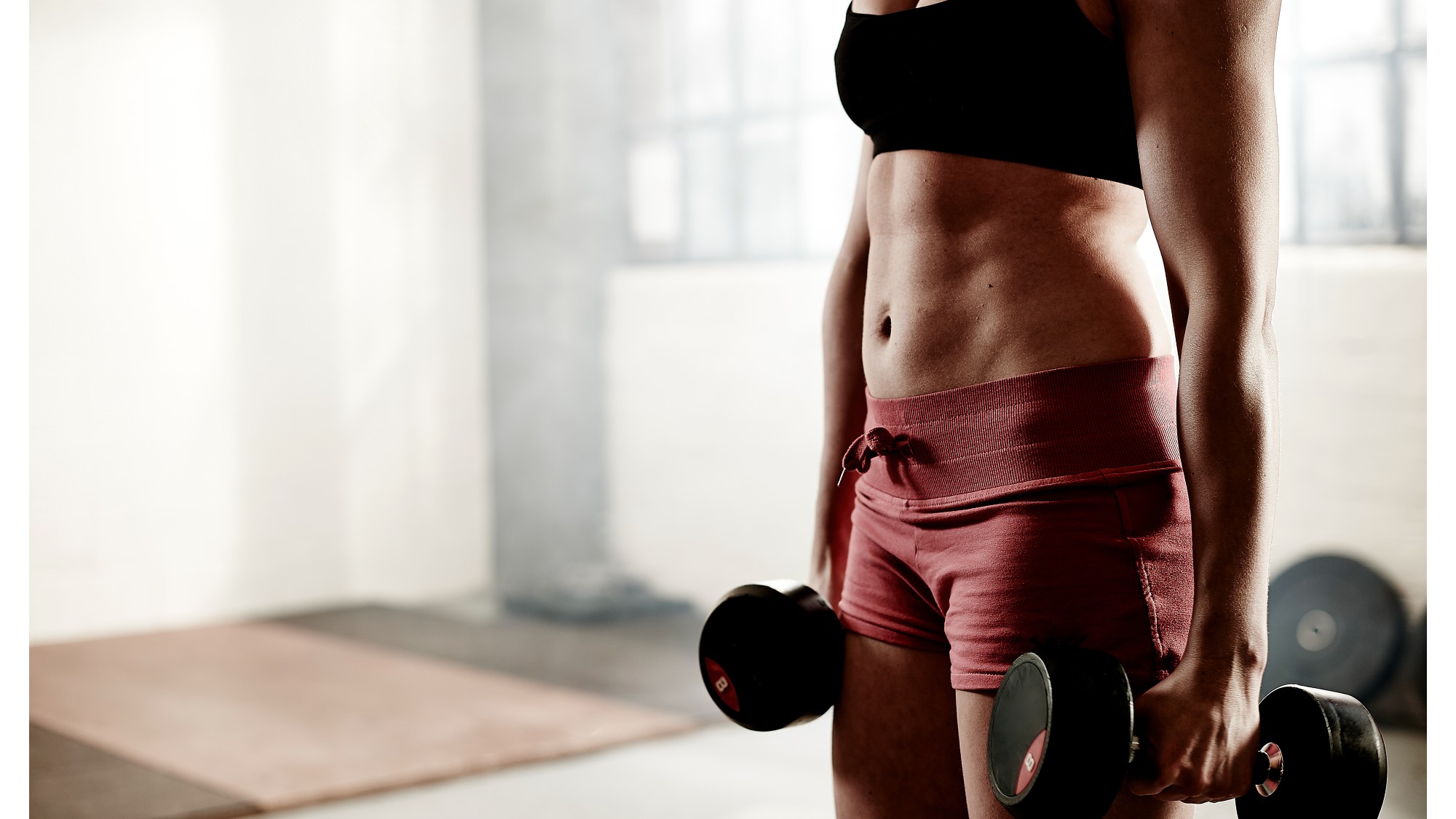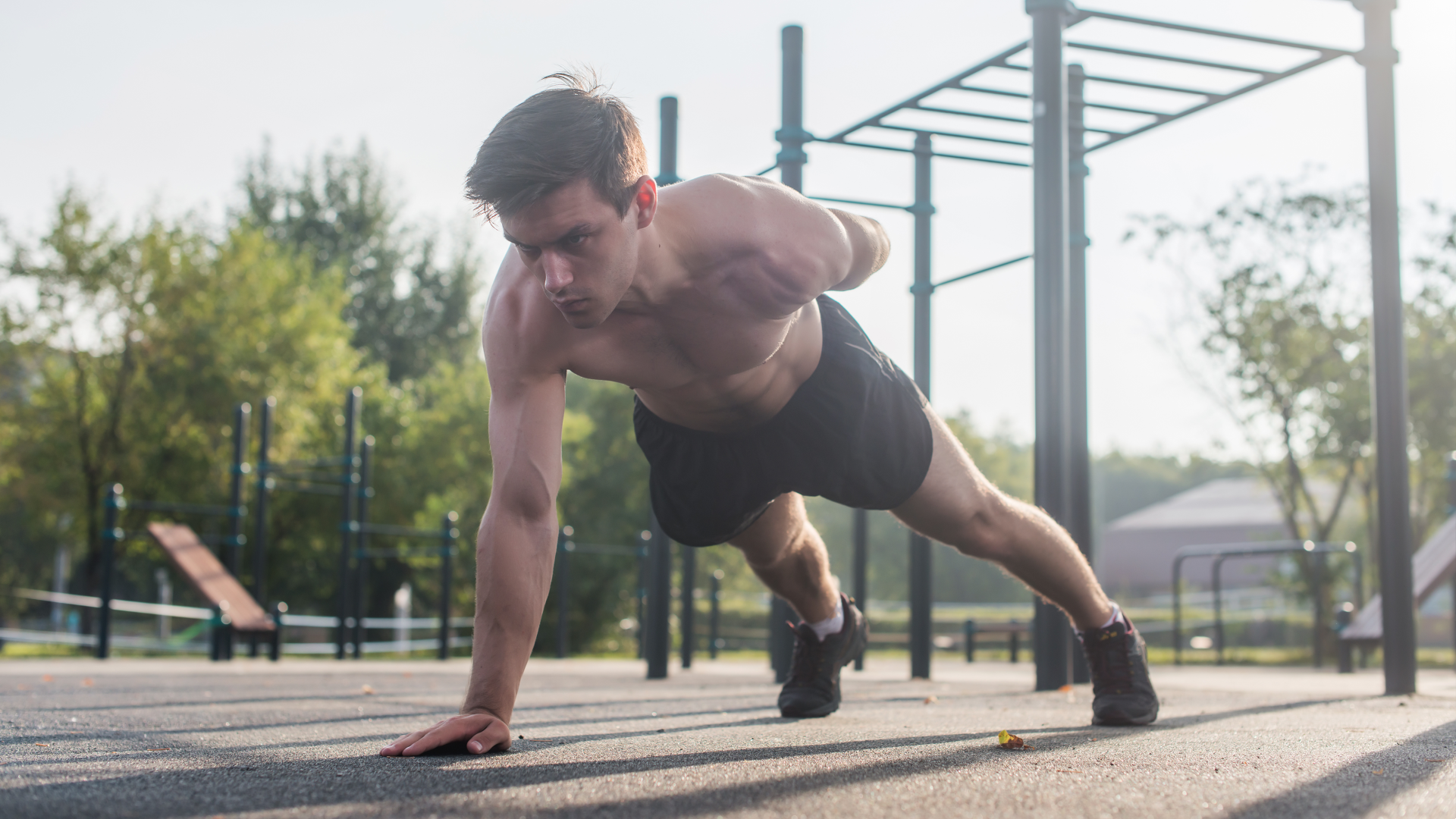
One of the most popular goals people have when going to the gym is building strength — stronger muscles mean you can lift more weight, perform daily tasks more easily and even improve posture and weightbearing abilities. But if your workout efforts aren’t being rewarded, there could be a few reasons why.
Building maximal strength (that means making considerable strength gains) and increasing the appearance of lean muscle mass are two different concepts, so you’ll program workout sessions differently according to which goal you’re aiming toward.
For example, strength training builds your muscles' strength and power output abilities, whereas hypertrophy training — the process of building muscle — increases the size of your muscle fibers.
To explain further, and help you understand why you’re not making progress, we spoke with strength and conditioning coach Luiz Silva. Here’s what he told us.
Hypertrophy versus strength training
First, it’s crucial to distinguish between strength and hypertrophy before you program your workouts. Lifting weights and any form of resistance training is great for your overall health, helping you to maintain and build muscle mass, get stronger, improve bone and joint health and reduce your risk of injury.
However, like anything in life, results come from specific variables and stimuli, so unless you’re genetically gifted, throwing some weights around won’t guarantee success.
Many assume that growing muscle means the muscle is getting considerably stronger and vice versa, but it’s not that simple. The science tells us muscular hypertrophy fits into two categories: sarcoplasmic and myofibril.
Keeping it simple, sarcoplasmic fluid is contained within the muscles, which is also a resource of energy (glycogen), and sarcoplasmic hypertrophy refers to an increase in fluid volume, making muscles appear bigger. Myofibrillar hypertrophy refers to the number of myofibrils found within the muscle fibers, and when these increase, the muscles become stronger and more dense.
Resistance training can help people tap into both, but there are guidelines to follow to prioritize muscle growth versus strength. Think of Olympic weightlifters, where many athletes aren’t sculpted or sinewed like sprinters or middle-distance runners but can shift unbelievably heavy weights.
While you’re bound to get stronger lifting weights regularly, increasing the size of your muscles won’t significantly increase force production. Whichever approach you take to training, your muscles must meet with enough challenge to force adaptations to grow and strengthen.
With that in mind, Silva reveals three common setbacks you might face, and we discuss how to fix them.
1. Lack of progression

“To be able to get stronger, we must be pushing outside of our comfort zone, so our muscles can adapt,” Silva says. “These adaptations come in the form of better muscle fiber recruitment, muscle cell growth (hypertrophy) and muscle cell multiplication (hyperplasia).”
Strength training impacts the central nervous system (CNS), developing neuromuscular advantages. Activating large muscle groups to drive powerful movements creates more powerful muscles. It won’t require muscle fibers to grow in response, yet the brain becomes more efficient at recruiting muscles, improving neuropathways and their contractions.
“The more fibers we have in a muscle, and the bigger these fibers are, the stronger the muscle should be,” Silva adds. “People looking to get stronger must try to ‘go the extra mile’ by doing an extra rep or set when they feel like they don’t have anything left in the tank, or adding that extra weight in the last set.”
Silva says finishing three sets of 10 reps and having 10 more left in the tank won’t get you anywhere if your weights haven’t increased over the months or years.
2. Poor hydration

If you’re wondering — is there a lot of water in muscles? The answer is, yes.
“A dehydrated muscle is a poorly recovered muscle,” explains Silva. “More than half of your muscle cell is made up of water, so if you don’t have good water intake, protein synthesis, muscle recovery and elasticity will be affected, which will affect your overall performance.”
Sure, maybe your first thought goes toward nutrition, the best time to drink a protein shake, or whether to eat before or after a workout, but your hydration strategy should be a forethought too.
Water is abundant in the human body, and according to research published in the Nutrients journal, it represents roughly 76% of muscle mass. As you age, total body water declines, as does intracellular water “parallel to an age-related loss of muscle mass and muscle strength.”
The Mayo Clinic pulled data from the U.S. National Academies of Sciences, Engineering, and Medicine, which recommends a daily intake of 11.5 cups (2.7 liters) for women and 15.5 cups (3.7 liters) of fluids for men, based on healthy adults. Factors like climate, age, sex, activity levels, health and diet all impact how much fluid you need daily.
Not one to turn down a challenge, our fitness editor drank one gallon of water a day for a month and reported on what she noticed. All of this points to the importance of staying hydrated and keeping one of the best water bottles nearby during your training.
3. Lack of planning

“A good strength and conditioning program should work around a good cycle to make sure you keep progressing,” recommends Silva.
“You should have cycles that focus on volume, intensity, form and recovery, so your muscles and body continue to adapt and progress. Spending one year doing the same exercise routine will not only be really boring but also fast-track a plateau in your muscles and results.”
Training submaximally with resistance and gradually increasing volume over time, known as progressive overload, can help if you struggle to build muscle in the gym, while maximally loading muscles will help if you’re planning your one-rep max or looking to lift much heavier weights in the gym.
Working with a coach is a great way to learn proper programming, but many free resources can help you when starting. We even asked Chat-GPT to build a 4-week program based on fitness goals, lifestyle and biological factors. Our hypertrophy and strength training guide can help you decide on loading, sets and reps.
Relative versus absolute strength

We’ve focused heavily on strength training with weights and maximal loading, but there are other ways to build strength, like exercising with your body weight, athletics and pound-for-pound strength in a weightlifting setting. Relative strength.
When discussing relative strength, we like to use the example of a gymnast or someone skilled in calisthenics. These athletes have high relative strength, which means they’re strong compared with their body size and body weight — or pound-for-pound strength. But this can apply to a weightlifting session as well.
On the flip side, the Sports journal defines absolute strength as the most tension a muscle can produce — think maximal loading heavy weights and one-rep-max-style weightlifting. Independent of muscle or a person’s size, it’s the maximum force you can exert for any given action.
Exercisers with heavier body weights (and “bigger” people) tend to have higher levels of absolute strength. But before you start programming, it's worth reading up on the differences between relative strength and absolute strength first.







